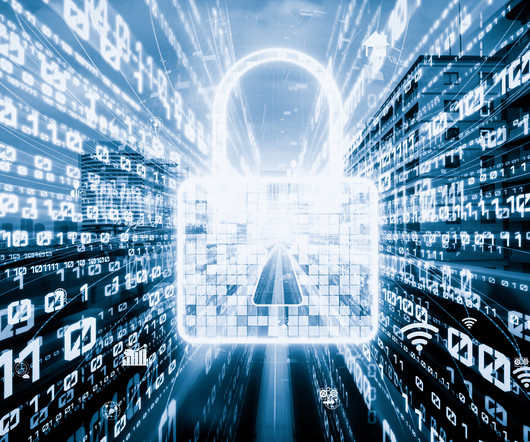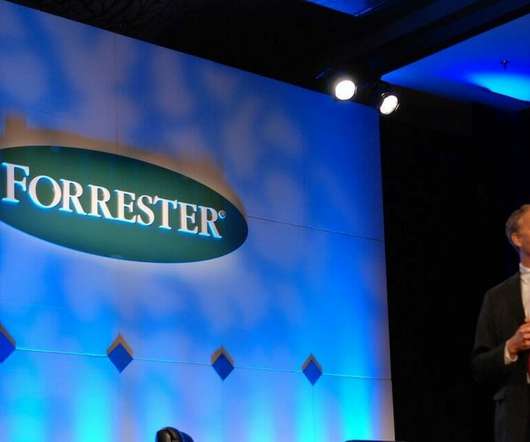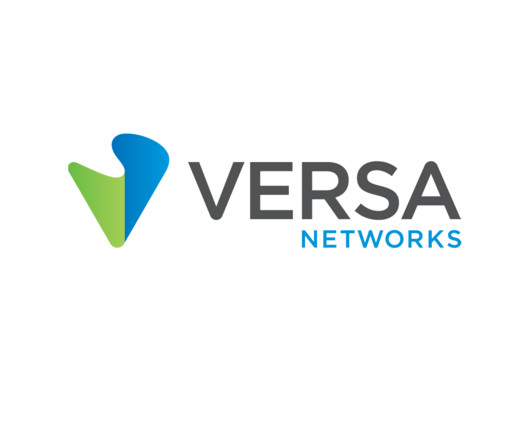What is Network Security? Definition, Threats & Protections
eSecurity Planet
MARCH 14, 2023
In this simple environment network security followed a simple protocol: Authenticate the user : using a computer login (username + password) Check the user’s permissions: using Active Directory or a similar Lightweight Directory Access Protocol (LDAP) Enable communication with authorized network resources (servers, printers, etc.)
















Let's personalize your content